Bare Root Tree Profiles
Welcome to our Bare Root Tree Profile page. Here, you’ll discover information on a wide array of trees available through our community initiative, helping you select the perfect addition to your landscape.
- Detailed Descriptions: Click each tree to view its characteristics, growth requirements, and environmental benefits.
- Usage Tips: Learn how to effectively incorporate trees into your space for aesthetics, shade, or ecological benefits.
- Care Guides: Find essential care instructions to ensure your trees thrive and contribute to a sustainable environment.
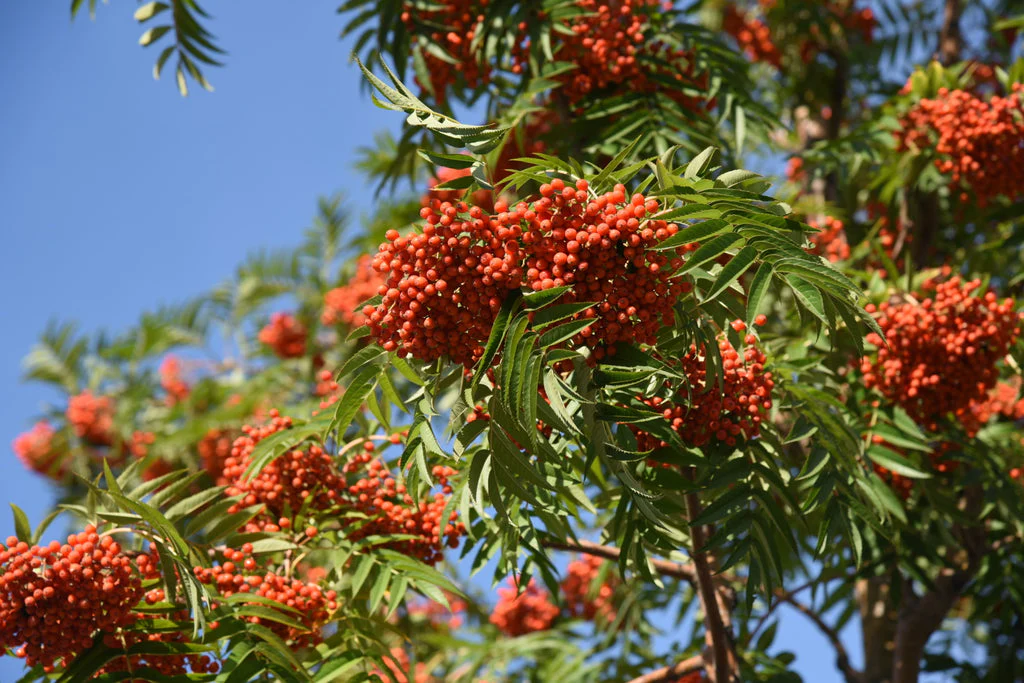
Cardinal Royal Mountain Ash
The Cardinal Royal Mountain Ash is a moderately growing tree frequently used ornamentally due to its showy white flowers and vibrant red berries. These berries serve as a critical winter food source for numerous birds and mammals, often lingering on the branches through the cold winter months.
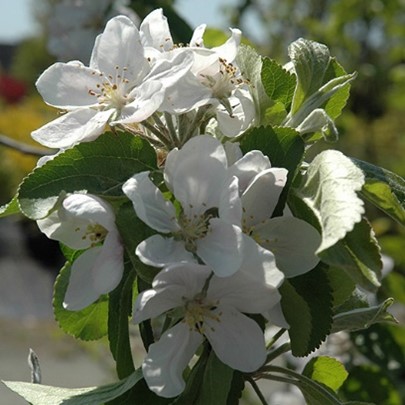
Cortland Apple
A popular, red-striped apple with excellent flavor, keeps very well, late harvest; eating apples are high maintenance and need a second pollinator; the perfect combination of accent and fruit tree, needs well-drained soil and full sun.
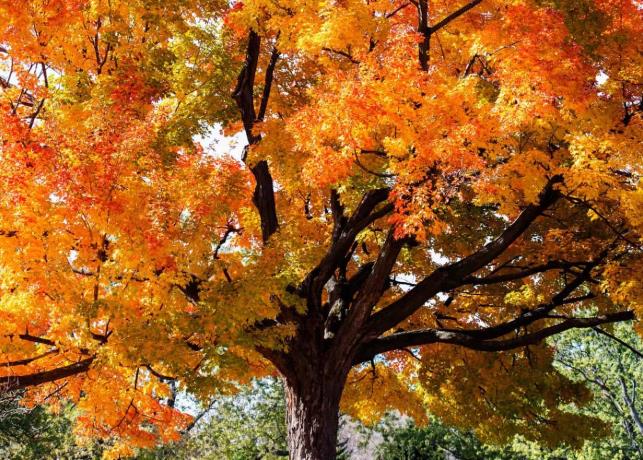
Sugar Maple
The sugar maple tree is one of Canada’s most recognizable trees and known for the spectacular show of color in the fall. Sugar maple trees are very popular for several reasons, the trees have a beautiful round crown, provide plenty of shade, and are adaptable to many conditions. Sugar maples are also known for their flavorful sap that can be turned into maple syrup. Trees can be tapped once they reach a diameter of 12 inches or 30cm. Lanark County is the Maple Syrup Capital of Ontario.
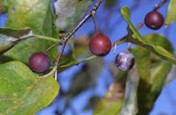
Hackberry
The Hackberry is one tough tree and is the official tree of Carleton Place. The Hackberry tree is a member of the elm family and is considered to be both a shade tree and an ornamental tree. Carleton Place has a large number of Hackberry trees and if residents would like to see hackberry trees in nature there are several trees located on Mill Street beside the underpass.
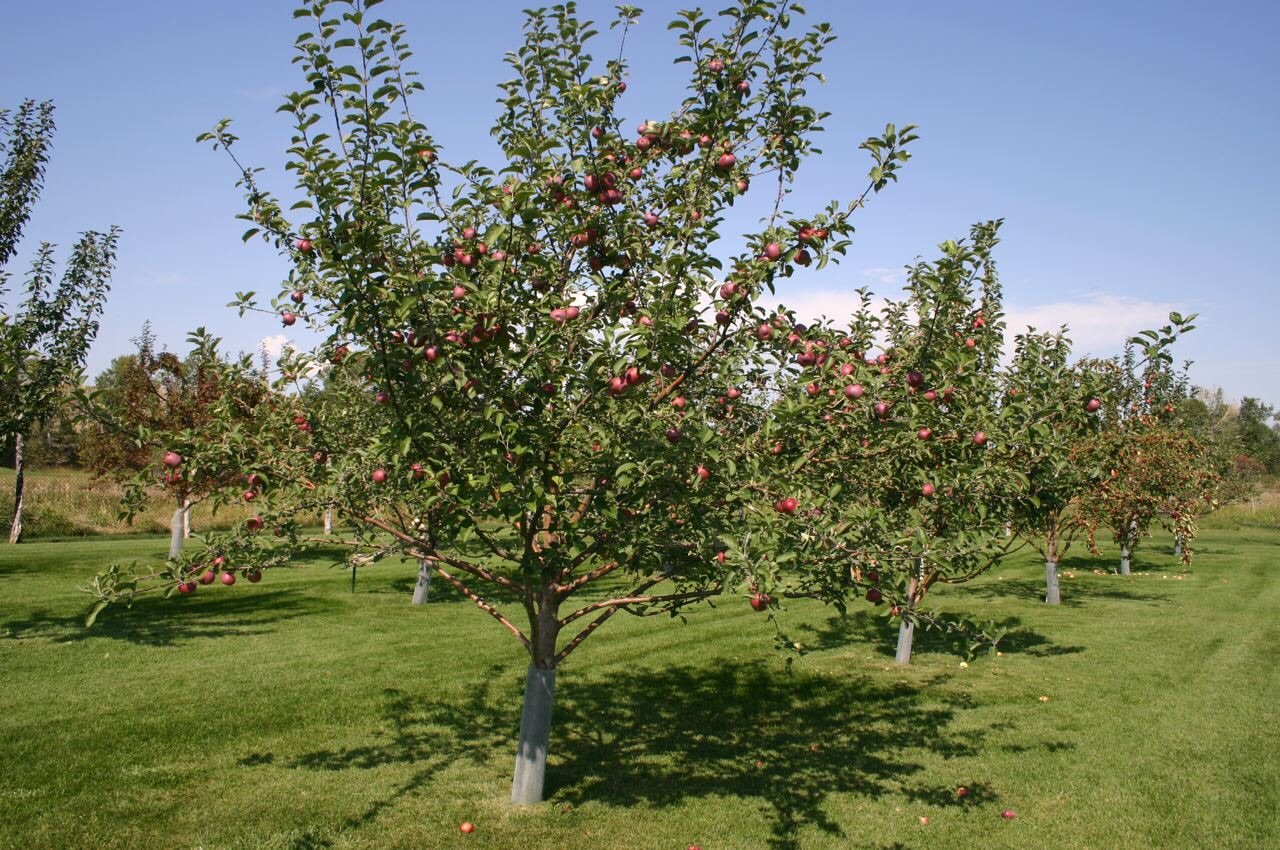
McIntosh Apple
McIntosh apple is not only a lovely tree, but provides delicious apples early in the season. The McIntosh apple tree would look attractive anywhere in your landscape where you’re able to watch the daily developing of your bright red apples.
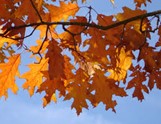
Red Oak
The red oak tree is a truly majestic tree and a giant among trees. Due to the dense canopy it creates an abundance of shade during hot summer months. Red oak trees can be found throughout Carleton Place, residents can admire these trees within Riverside Park and established neighborhoods.
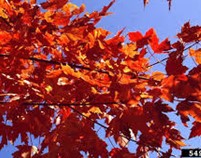
Autumn Blaze
The Autumn Blaze Maple is a mix between the Red Maple and Silver Maple. With the beautiful fall colour of the Red Maple, and the fast-growing and adaptive nature of the Silver Maple, this tree offers the best of both worlds. The more sunlight that these trees receive, the brighter fall colors they will have. Autumn Blaze Maples will adapt to your natural soil, even if it is sandy or heavy in clay, as long as it drains well. However, these maples prefer soil that’s slightly acidic. Add organic matter like peat moss to your soil in order to increase its acidity.
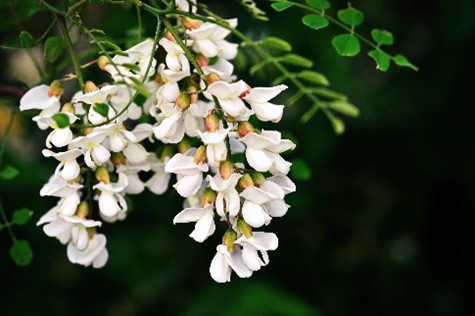
Honey Locust
The thornless Honey Locust has captured the hearts of arborists, community foresters and homeowners throughout North America. This tree is easy to plant, grows fast, has reasonably strong branches, is aesthetically pleasing and is tough enough to withstand just about any urban setting.
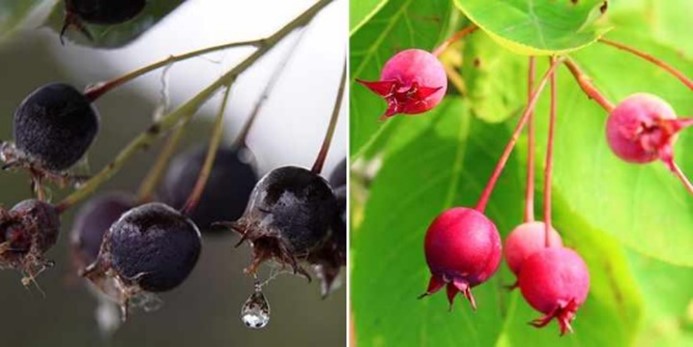
Serviceberry
Serviceberry trees can be identified by their long oval leaves with finely serrated edges, clusters of showy white 5-petalled flowers, smooth gray bark, and small round edible purple pome fruits. The Serviceberry are excellent garden landscaping plants because they have a visual appeal in all four seasons. This tree is ideal for any small garden.
A Quick Guide to Planting Bare Root Trees
Planting bare root trees is a fantastic way to bring beauty, shade, and life to your backyard while helping the environment. Trees filter our air, provide habitat for wildlife, and even hold the promise of childhood adventures with treehouses. Here’s how you can plant a tree with ease and ensure it thrives:
Plan Ahead
Timing is everything. Plant your tree during the dormant seasons—spring or fall. Visualize your yard and consider your tree’s future height and shape. Avoid planting under utility lines and keep a safe distance from structures:
- Small Trees (<7m): 2m away from lines, 3m from your home.
- Medium Trees (7-18m): 6m from lines, 4m from home.
- Large Trees (>18m): 12m away from lines, 5m from home.
Prepare the Spot
Scope out the area before picking up your tree. Clear a 50cm radius of grass and weeds. Dig a hole twice the size of the root system—an ideal home for your tree’s roots.
Minimize Stress
During transport, keep roots moist. This is crucial. Think wet burlap or mulch to shield them. Don’t let branches get bruised—handle with care.
Planting Time
Get that tree in the ground as soon as it arrives. Straighten out its roots, letting them fan out comfortably. Protect them from direct sun and winds to prevent drying out. Place the root crown on a mound in the hole, fill halfway with soil, stomp down to remove air pockets, fill with water, then top off with soil. Shape a ridge around the base to help with watering.
TLC – Water, Stake, Mulch
Water your tree deeply, especially during dry spells. Mulch around the base to keep moisture in, but leave space around the trunk to prevent rot. Stake if needed for support against winds.
Remember to visit OntarioOneCall before you dig to avoid utilities. With these easy steps, your tree will flourish and contribute to Carleton Place, one tree at a time.

